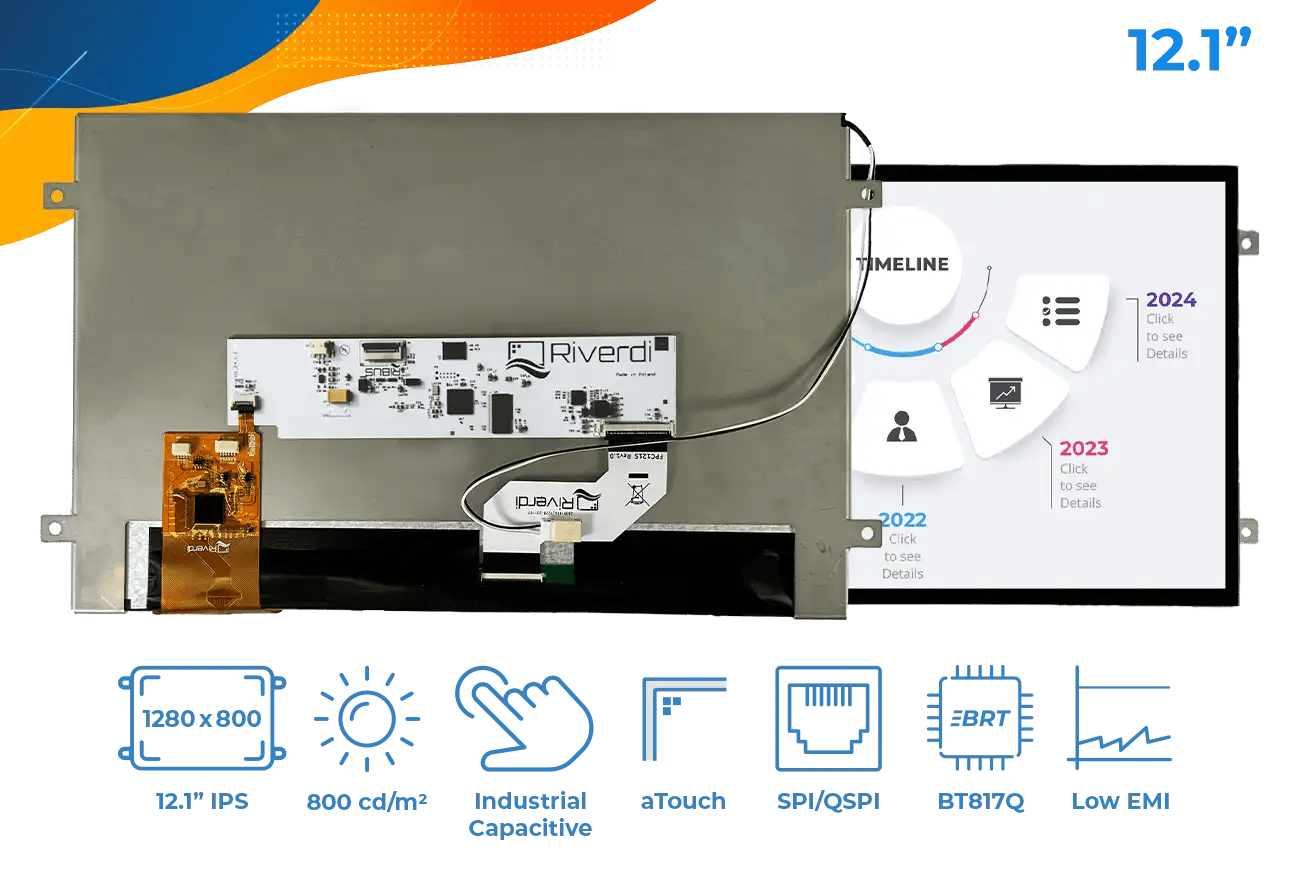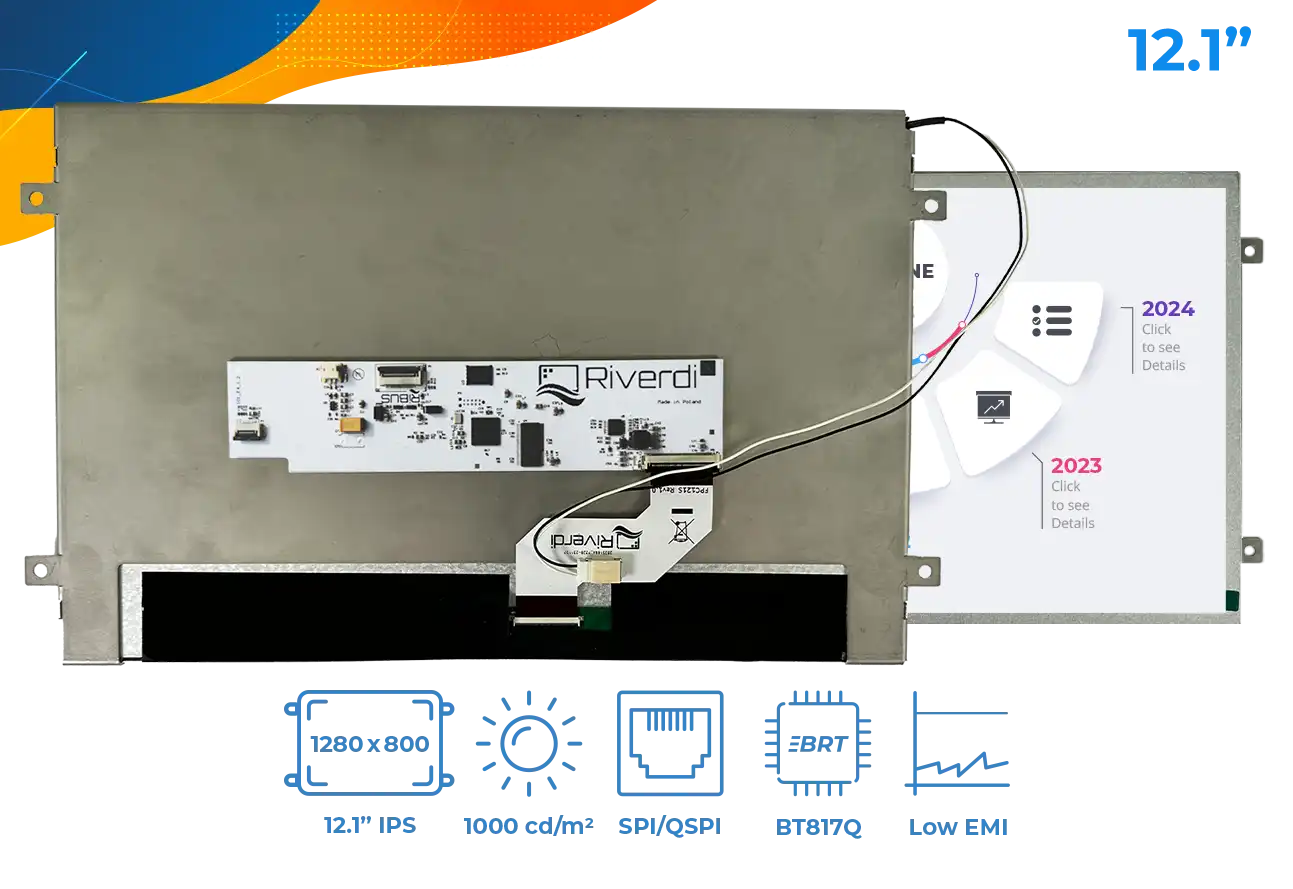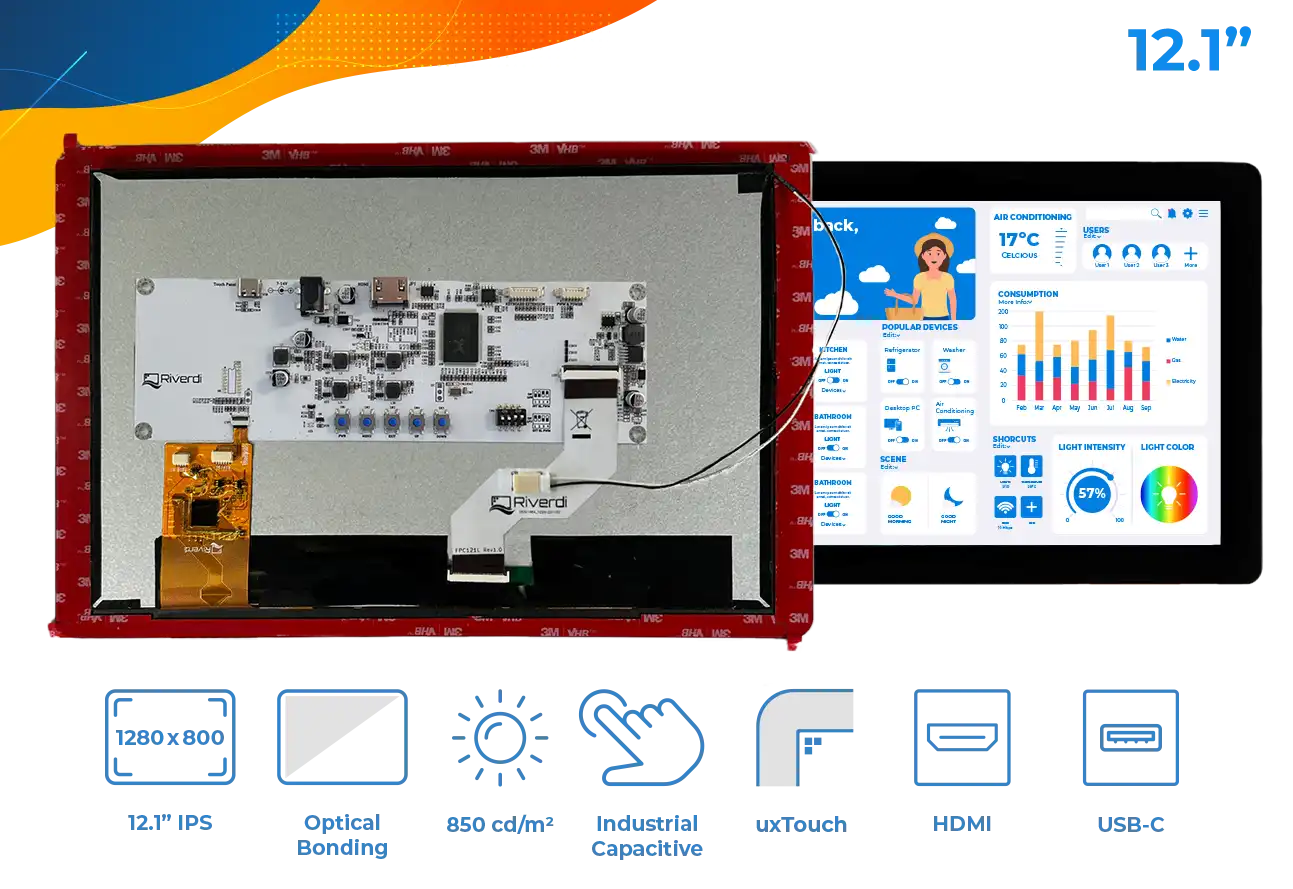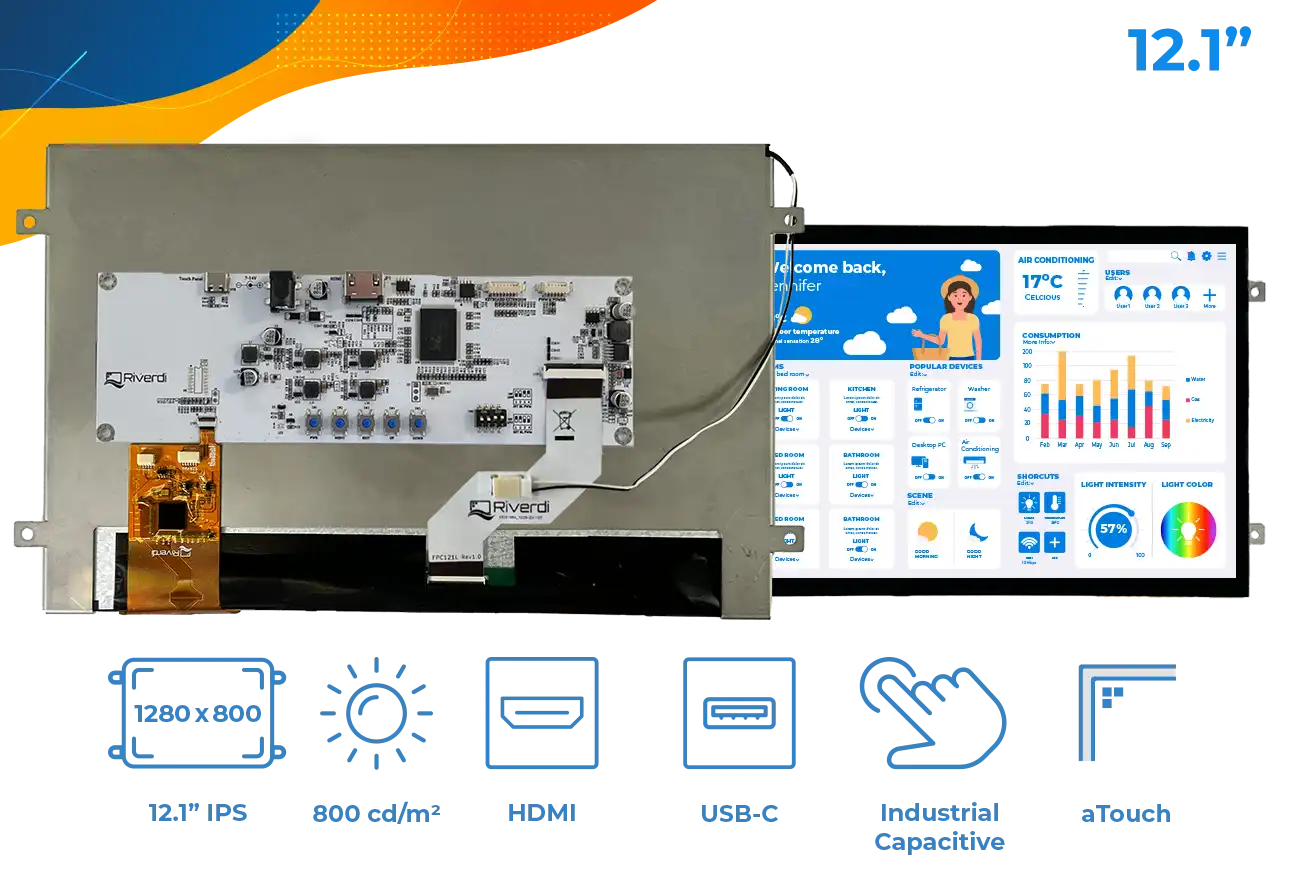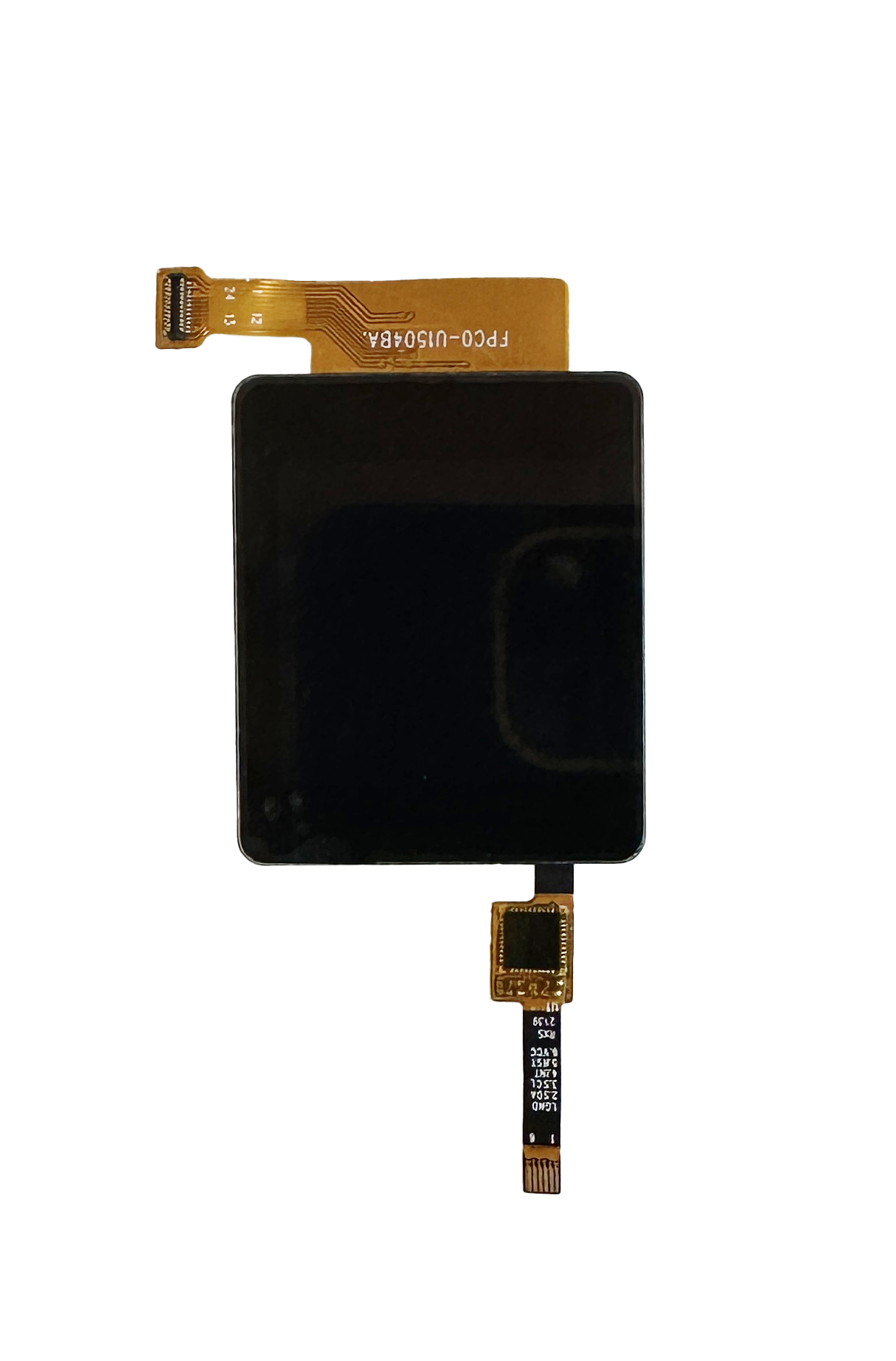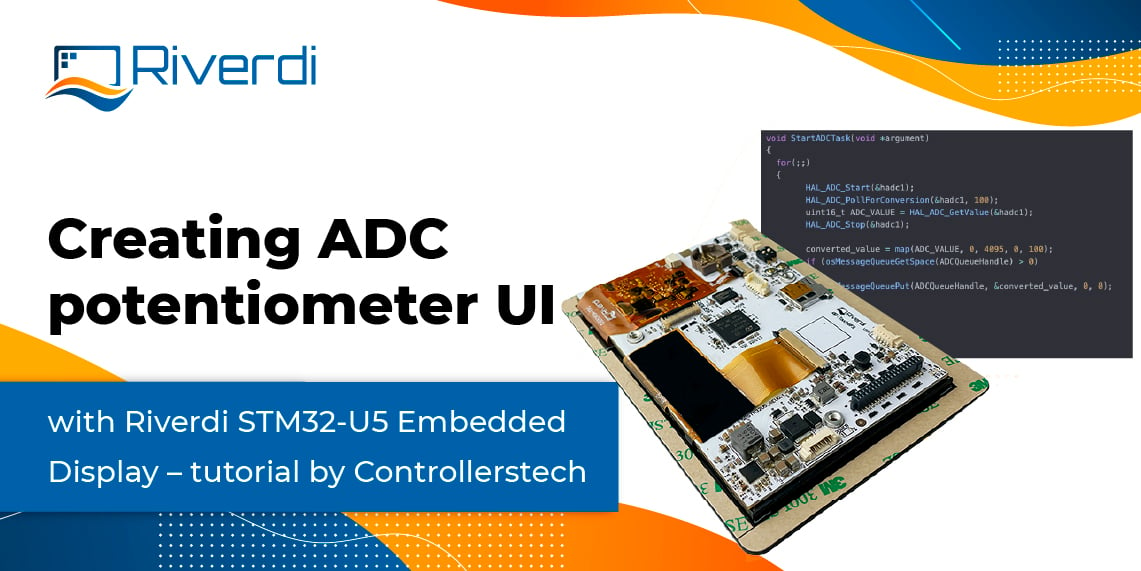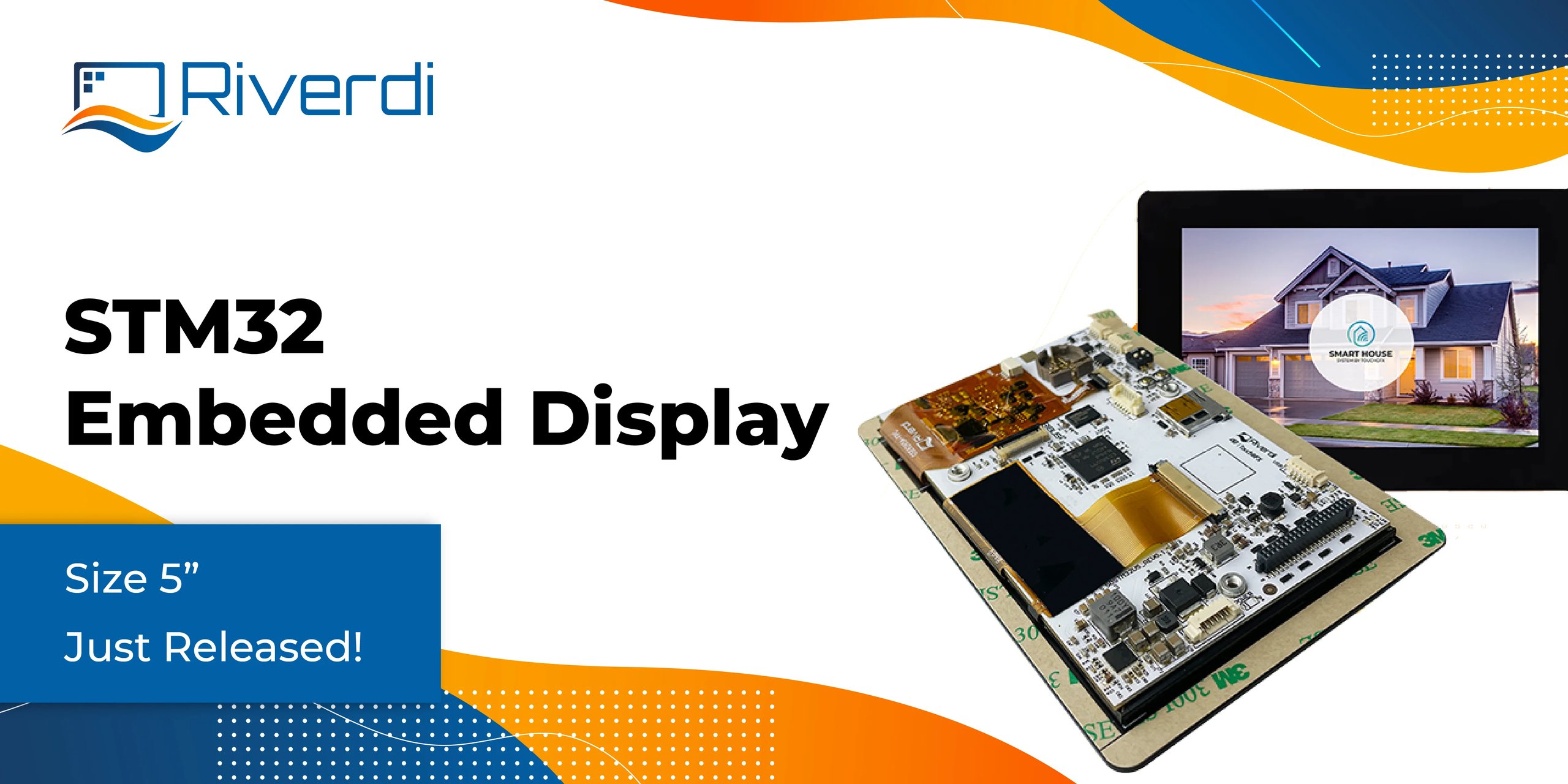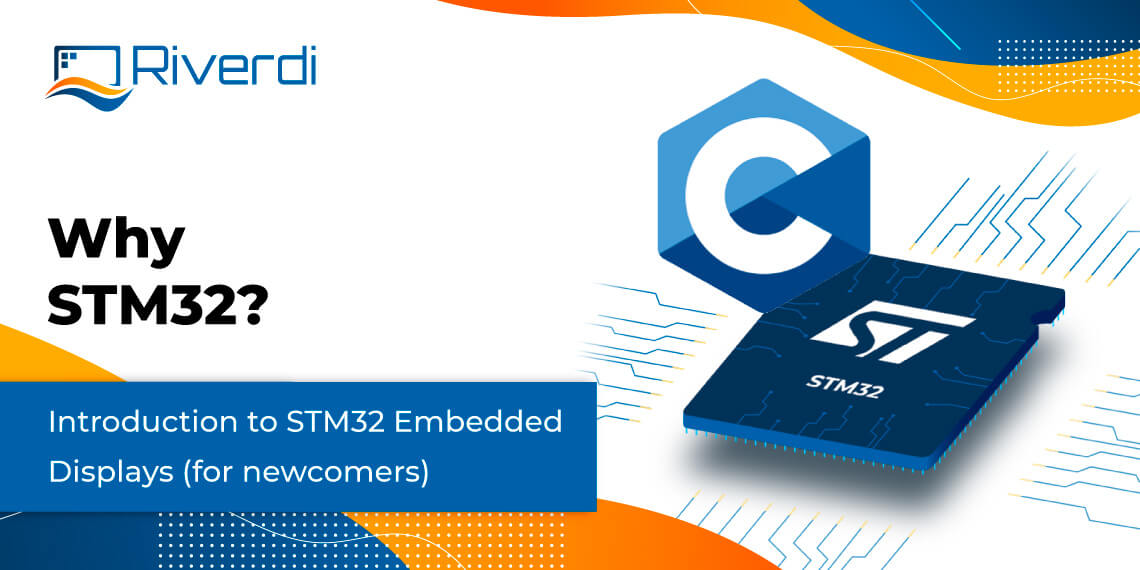We are proud to announce that our new IoT displays are available in the shop. Python programmable, with integrated WiFi and Bluetooth®, they are the perfect companion for your next IoT project.
Internet of Things, or IoT for short, hasn’t stopped growing since the term for it was coined. By some predictions, there will be 22 billion connected devices in the world by 2025. That’s only six years from now. What’s even more important, in the light of our new IoT display release, is that everyone in the IoT business is looking for low-power and low-cost display options. And that is precisely what we are offering – with many added features, of course.
Usually, when someone mentions IoT people tend to think of smart thermostats, and voice controlled light switches, but IoT is so much more than that. Over the course of the next few years, people will really start to see its impact on their day-to-day life. With more and more connected factories and smart machinery in the industry production costs everywhere are going to drop. We’ll see vastly increased productivity, and new business modules popping up.
Although a large portion of this IoT boom is concentrated on machine-to-machine communication, there is always a need for human interaction with the equipment. And what is the easiest way for people to interact with machines?
Touchscreen displays of course. Displays allow people to easily see the necessary data, and monitor and control the machines.
The new Riverdi IoT displays are made with all these notions in mind.
It’s easy to program them, in one of the most popular programming languages today, Python. They have integrated WiFi and Bluetooth. You can expand their features by adding Click Boards. They are low-power and low-cost. Essentially, they are perfect for IoT.
WiFi and Bluetooth with the ESP32
This is the first IoT display on the market that solves the problem of wireless communication. Thanks to the ESP32 microcontroller on board it’s easy to send and receive data over WiFi and Bluetooth.
Espressif’s ESP32 microcontroller was designed for low-power IoT applications and wearable electronics. That is why it can perform as a complete standalone system, reducing communication stack overhead on the main application processor.
Python programmable thanks to Zerynth
The display is also Python programmable and has a Zerynth Studio license onboard. You can simply take it out of the box, load one of many examples from the Zerynth library, and have you IoT display up and running.
And if you decide to write the code from scratch, with Python, you’ll be done in no time.
Zerynth offers tons of useful libraries and examples – for every knowledge level. For example, one of their tutorials teaches how to connect a device to the Cloud, with only 15 lines of code in Python. With it, you’ll be sending temperature data from a sensor to the Cloud in minutes.
Expandable with Click Boards
The new IoT displays also have two MikroBUS slots onboard, making it easily expandable with hundreds of MikroElektronika Click Boards.
Each Click Board carries a certain functionality, that can be added to the display. You can choose from temperature and humidity sensors, voltage regulators, RF transceivers, motor control, button, switches, text to speech converters, and UV sensors.
Visit the product page to learn more.




